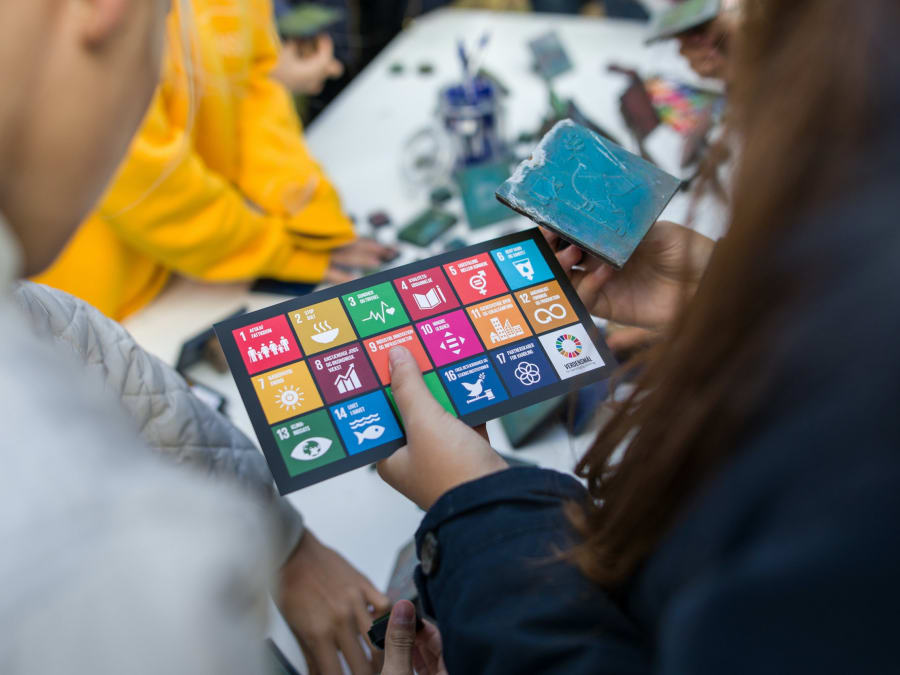Health and well-being refers to a wide range of health professional parameters in both physical and mental health care. It is about maternal and child mortality, infectious and non-infectious diseases, drug treatment, injuries in accidents, diseases due to pollution, as well as sexual and reproductive health services. Health coverage must be ensured for everyone, and research must be encouraged so that technological development is up-to-date.
Greenlanders live on average 8 years shorter than people in the countries we usually compare ourselves with - and far too many of us live in a way where we harm our own health. It is problematic for the individual and it is expensive for society.
Although the infectious diseases are serious, many of our health problems are also very much about lifestyle, and many people in both rich and poor countries today have serious problems with diabetes, lung cancer, drug abuse and alcoholism. The World Goals do not call for a ban on bad habits, but encourages to strengthen the prevention and treatment of drug abuse, including both narcotics and alcohol, and to counter the spread of tobacco smoking.
Expenditure on health care will increase in the coming years due to the demographic changes, and due to the fact that the population on an average is getting older. In order to prevent health expenses from running wild, the Naalakkersuisut will ensure that preventive efforts are initiated in all areas. Naalakkersuisut wants to ensure the good children's life for all children in the country. Therefore, efforts must be made in all areas of children's and young people's lives - the family, school and leisure time.
Globally over the last 15 years, the number of childhood deaths has been cut in half. This proves that it is possible to win the fight against almost every disease. Still, we are spending an astonishing amount of money and resources on treating illnesses that are surprisingly easy to prevent. The new goal for worldwide Good Health promotes healthy lifestyles, preventive measures and modern, efficient healthcare for everyone.















